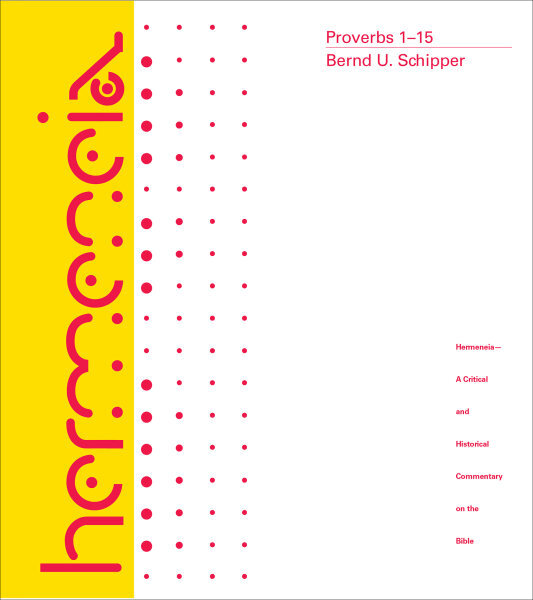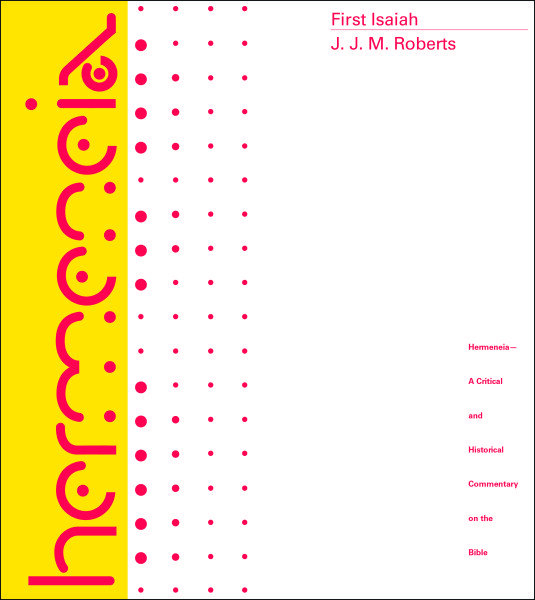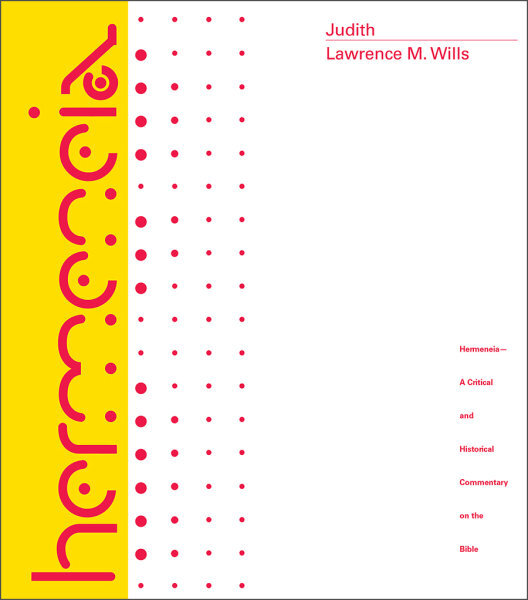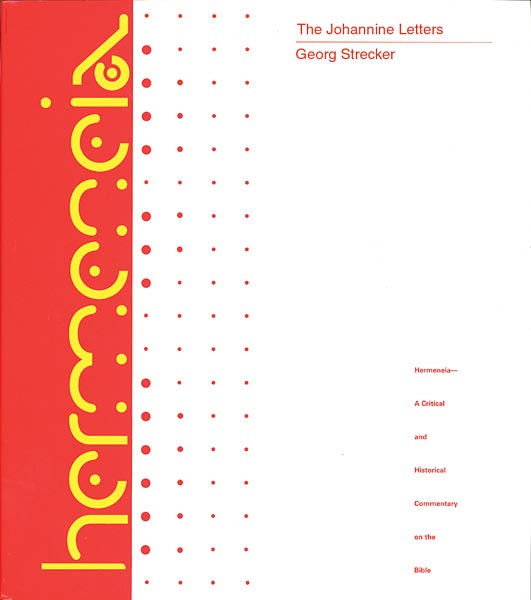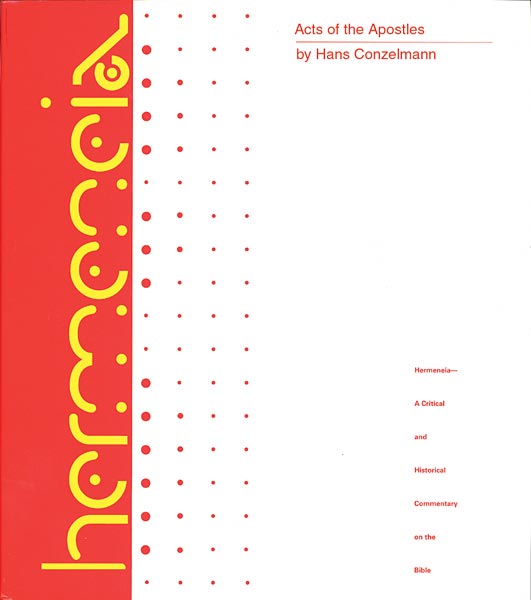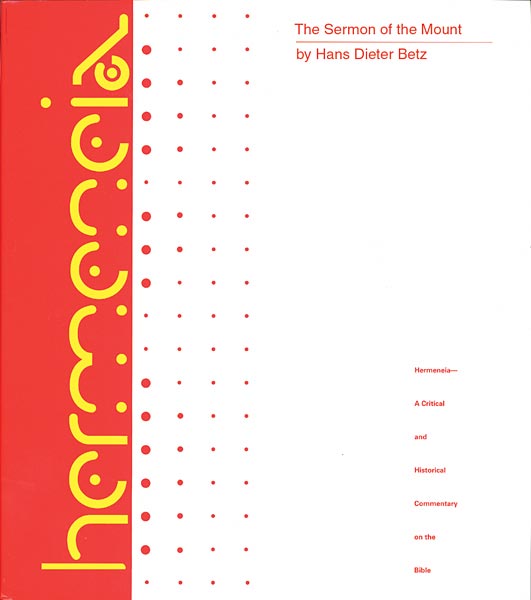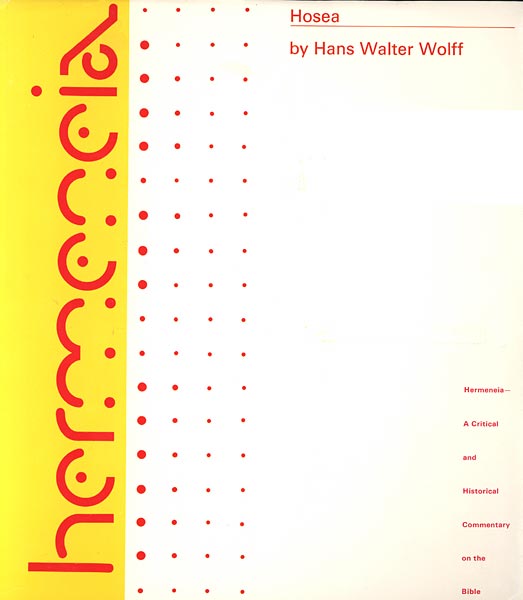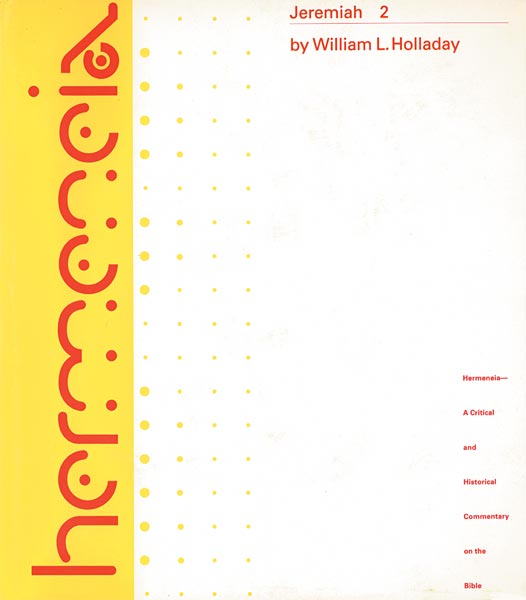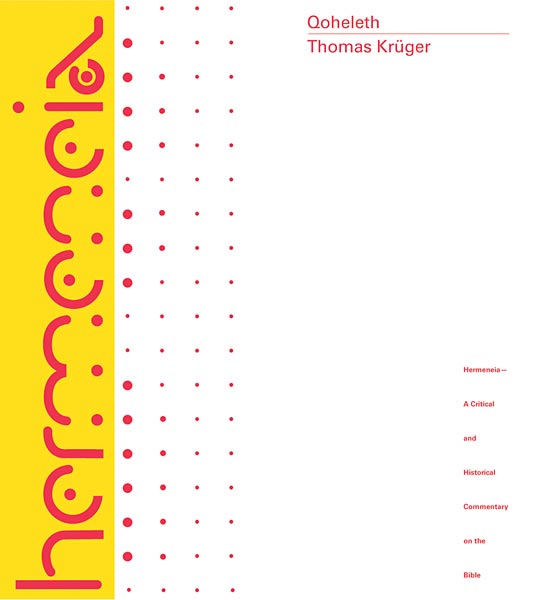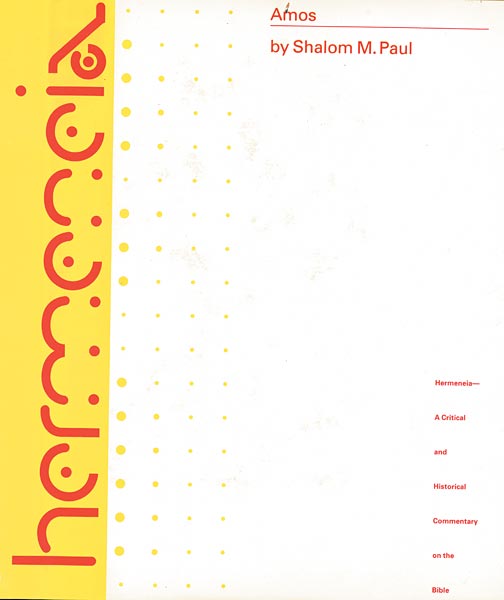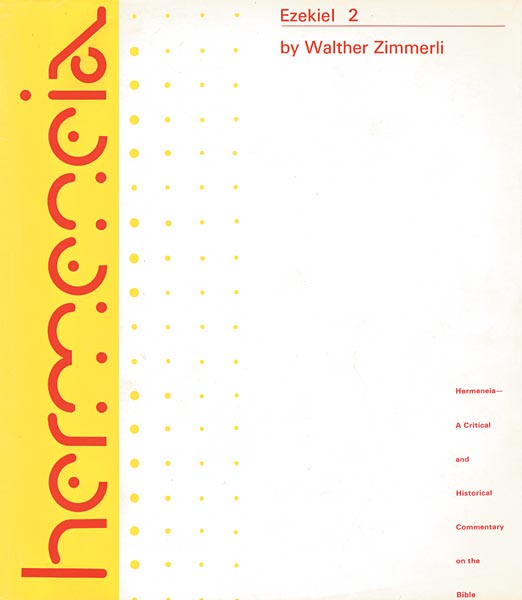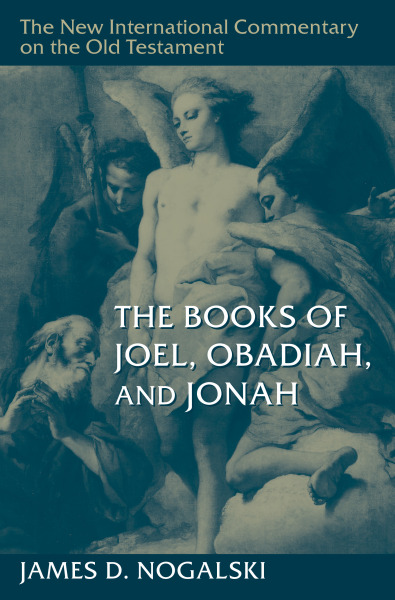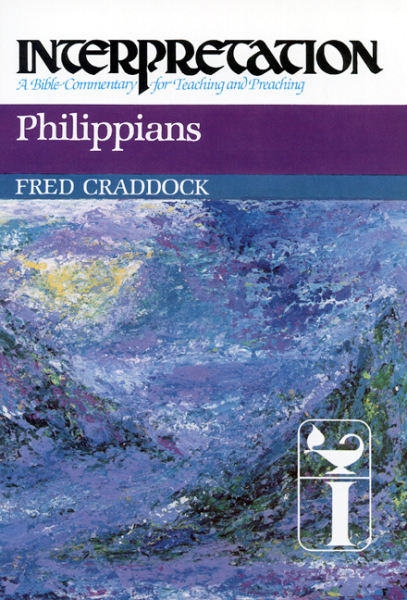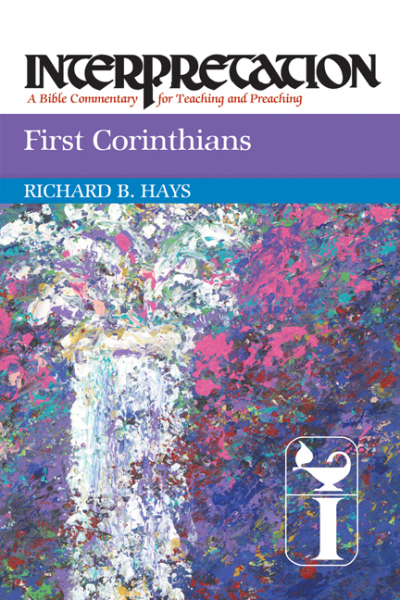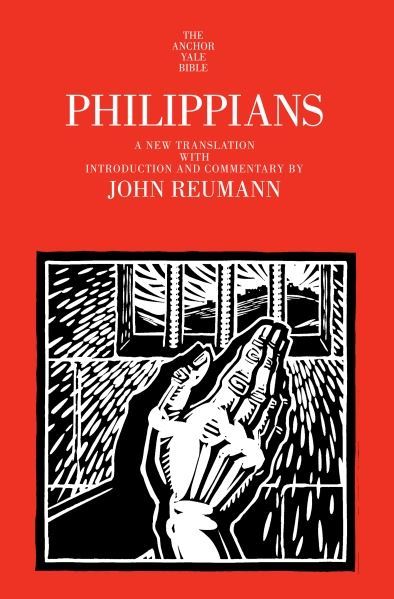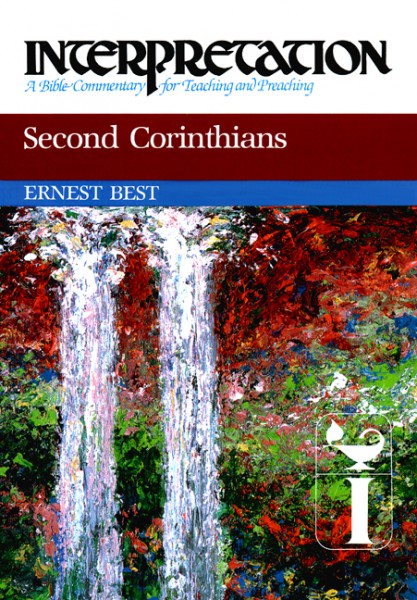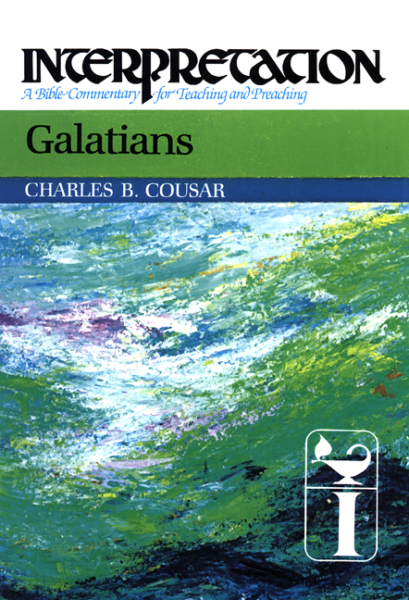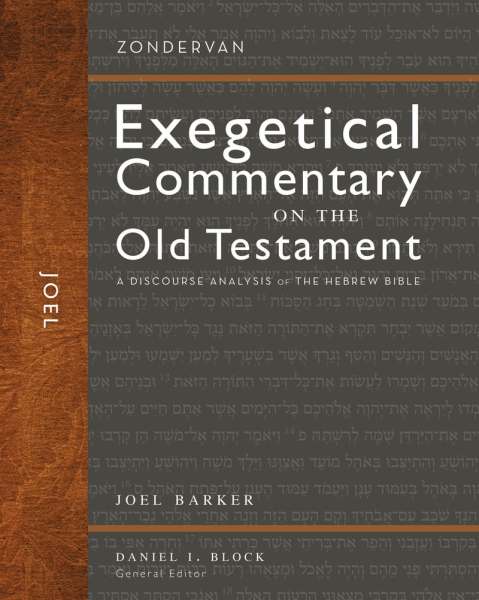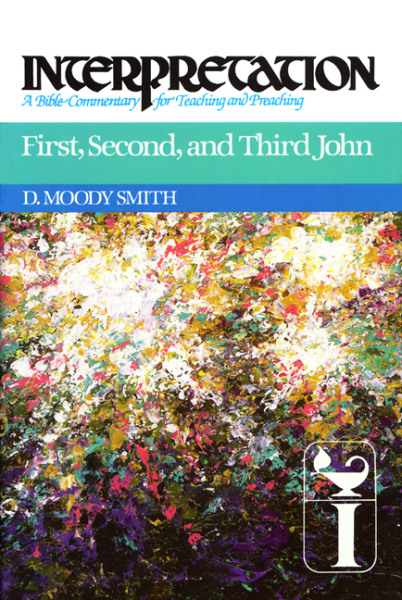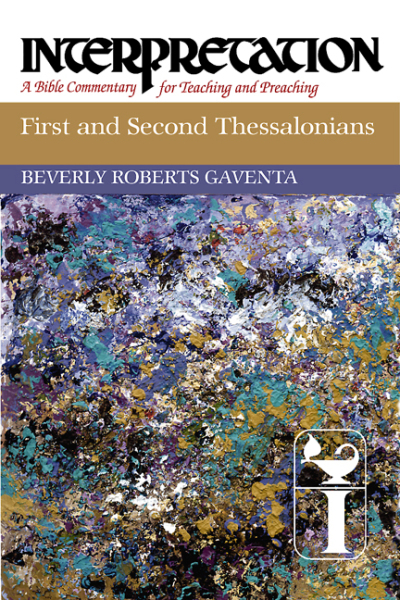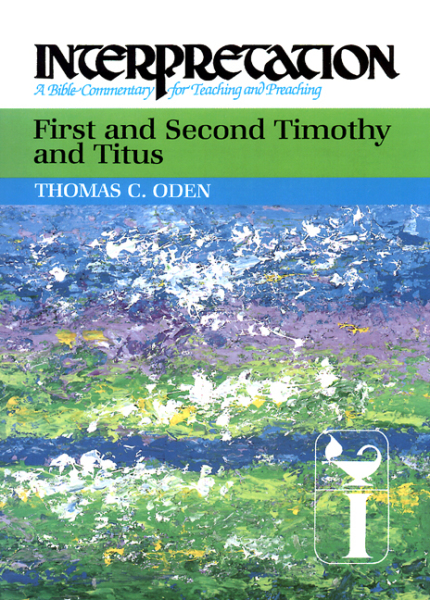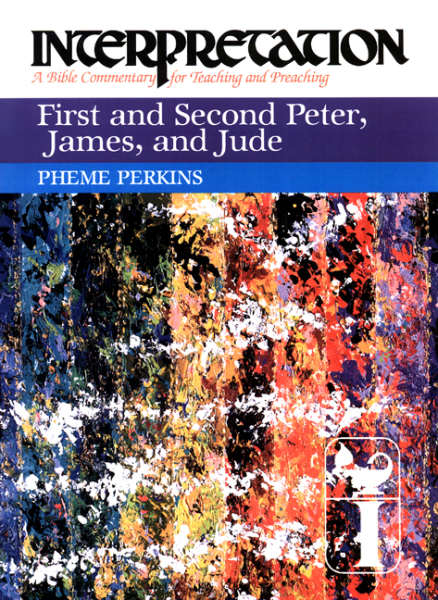

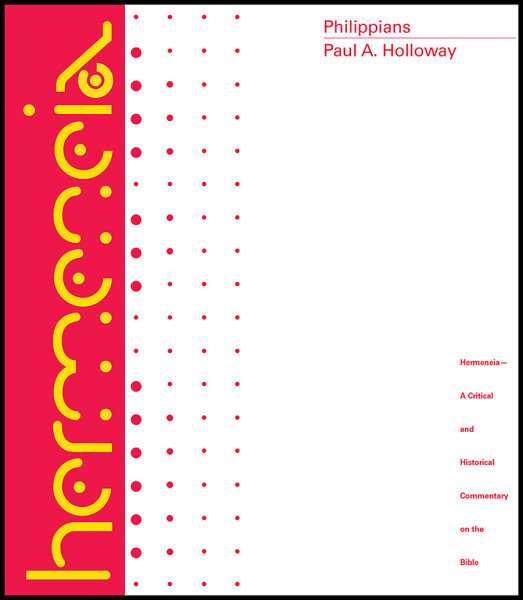
Hermeneia: Philippians (HERM)

Hermeneia: Philippians (HERM)
Paul’s letter to the Philippians offers treasures to the reader—and historical and theological puzzles as well. Paul A. Holloway treats the letter as a literary unity and a letter of consolation, according to Greek and Roman understandings of that genre, written probably in Rome and thus the latest of Paul’s letters to come down to us.
Adapting the methodology of what he calls a new history of religions perspective, Holloway attends carefully to the religious topoi of Philippians, especially the metamorphic myth in chapter 2, and draws significant conclusions about Paul’s personalism and “mysticism.” With succinct and judicious excursuses treating pertinent exegetical and theological issues throughout, Holloway draws richly on Jewish, Greek, and Roman comparative material to present a complex understanding of the apostle as a Hellenized and Romanized Jew.
Hermeneia is designed for the serious student of the Bible. It makes full use of ancient Semitic and classical languages; at the same time, English translations of all comparative materials—Greek, Latin, Canaanite, or Akkadian—are supplied alongside the citation of the source in its original language. Insofar as possible, the aim is to provide the student or scholar with full critical discussion of each problem of interpretation and with the primary data upon which the discussion is based.
The editors of Hermeneia impose no systematic-theological perspective upon the series (directly, or indirectly by selection of authors). Its authors lay bare the ancient meaning of a biblical work or pericope. In this way the text's human relevance should become transparent, as is always the case in competent historical discourse. However, the series eschews for itself homiletical translation of the Bible.

